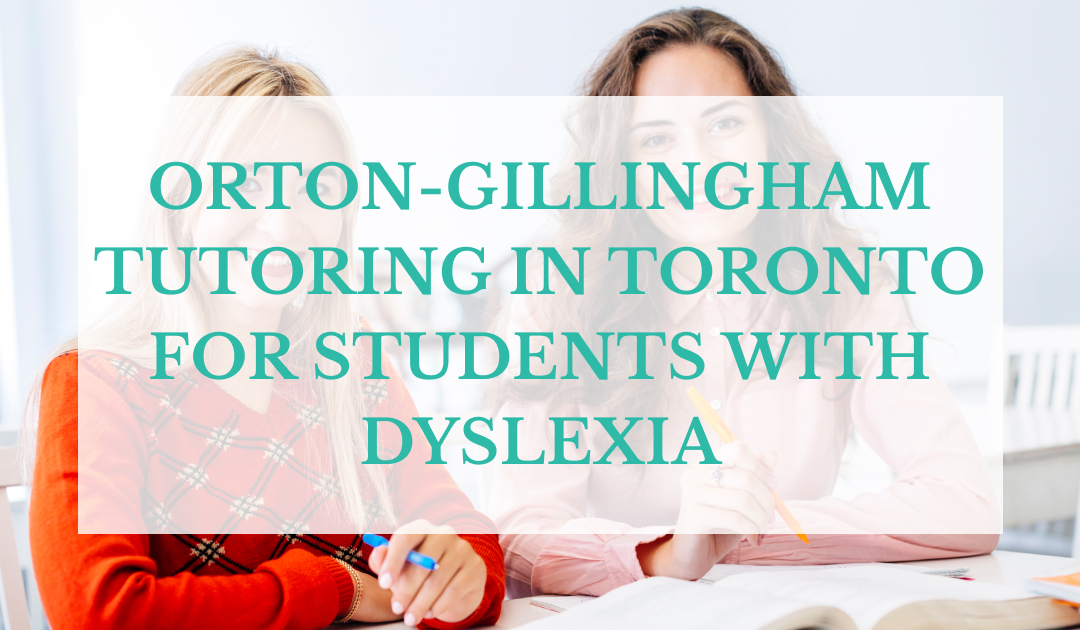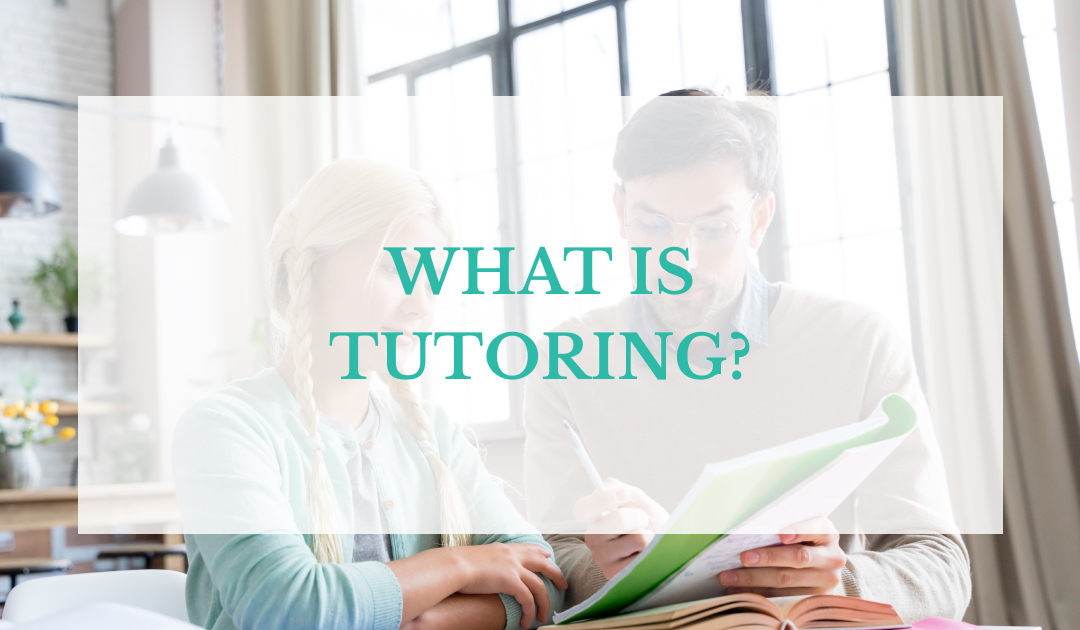If your child is struggling with reading, spelling, and writing, then Orton Gillingham Tutors can support them. Dyslexic children have difficulty with reading as they may also have a hard time with spelling, reading comprehension, and spelling. However, these challenges can be overcome with Orton Gillingham’s approach. Being diagnosed with dyslexia doesn’t mean that students can’t succeed. In fact, specific tutoring methods can be used to improve their reading, spelling, and writing performance.
Orton Gillingham Tutors for Dyslexic Students
The Orton-Gillingham tutoring approach is a highly used teaching method for students with dyslexia. This approach allows Orton Gillingham Tutors to customize lessons based on students’ strengths and weaknesses. Since dyslexia is represented differently in each student, the individualized approach of the Orton-Gillingham method is particularly effective.
This teaching method works by using a multisensory and direct approach to teaching literacy. Rather than following a traditional approach to reading, the Orton-Gillingham approach supports dyslexic students to learn through various methods.
For instance, if a student is learning to read the letter “d,” the tutor may show the letter to the student, make them say the letter’s name, and sound it out while writing it. To improve memorization, multiple tactile methods may be used, like having the student write the letter in sand or shaving foam. The key element is that students are taught the “why” and “how” behind reading. By reviewing similarities, students can better remember and learn to read on their own.
Principles of the Orton-Gillingham Approach
Individualized
Instruction is personalized to meet each student’s specific requirements. Lessons are personalized to meet student’s interests. While students with dyslexia may have some similarities, there are always differences between dyslexic students.
Multisensory
In a multisensory approach, tutors encourage students to use all their learning strands, such as feeling (tactile), hearing, seeing, and awareness of motion.
Diagnostic and Prescriptive
It is diagnostic as the tutor continuously tracks the non-verbal, verbal, and written responses of the students to understand both student’s weaknesses and strengths. This information is effective in making the next lessons. That lesson is prescriptive, which is designed to support students resolve challenges that they may face.
Cognitive
Instructions engage students in an active understanding of what and why they are learning it and how they need to apply their learning in a thoughtful way. It encourages reasoning and thinking rather than reliance on practice memorization.
Systematic Phonics
It makes use of systematic phonics, focusing on the alphabetic principle at the beginning of reading development. This principle supports the students in learning words that are made using individual speech sounds and the letters of written words graphically show those speech sounds.
Applied Linguistic
It teaches the semantic, morphemic, semantic, syllabic, and grammatical structure of writing and language. It engages the students in integrative practices that involve writing, reading and spelling together.
Is It Worth Receiving Support from Orton Gillingham Tutor?
Each Orton-Gillingham session aims to use different techniques to support dyslexic students to understand and read independently. Usually, sessions start with the most basic skills, which also include phonemic awareness. One effective method for teaching students how to read and spell is by using a deck of sounds and letters. This method involves having students look at the characters, sound them out, write them down, and practice them daily to ensure their understanding and engagement.
As students progress, Toronto Tutors at Class in Session will introduce new topics, and with each new topic, more spelling and reading exercises will be given to reinforce their understanding. The session typically ends with practising learned words that do not follow typical spelling rules, which supports students in recognizing the complexity of the English language.
If your child is having difficulty with reading, writing and spelling, then you can receive support from our tutors at Class in Session where we can support dyslexic students learn the best ways to read, write and spell.




